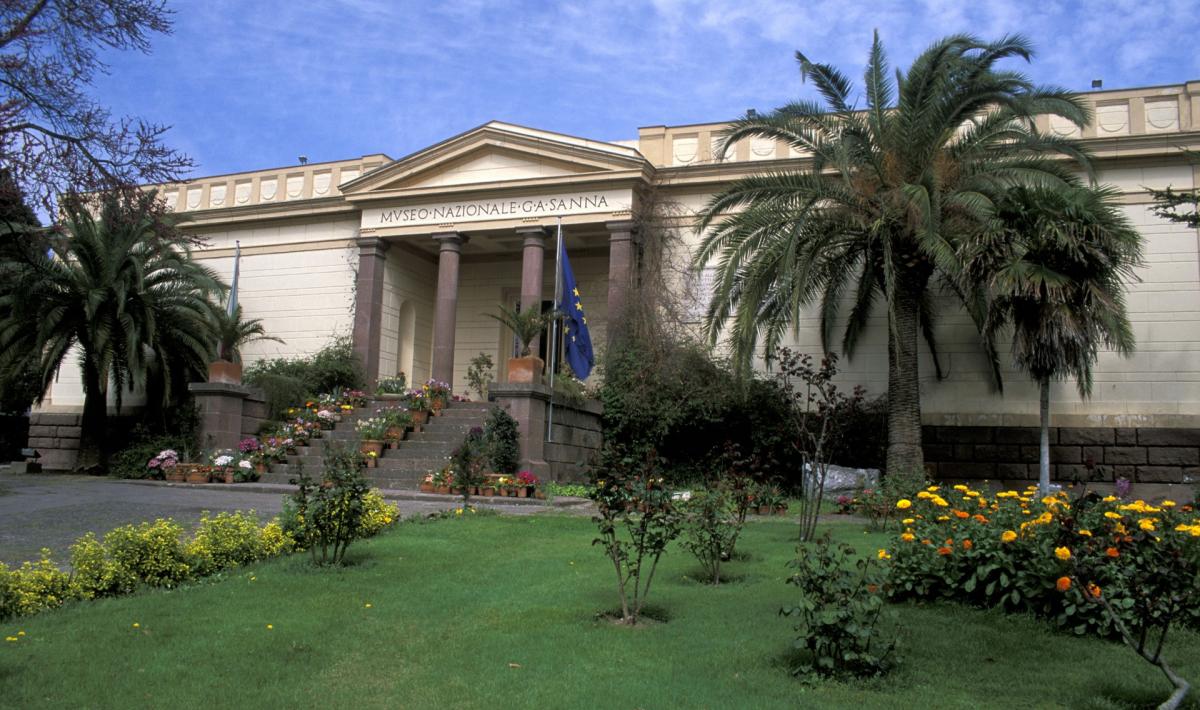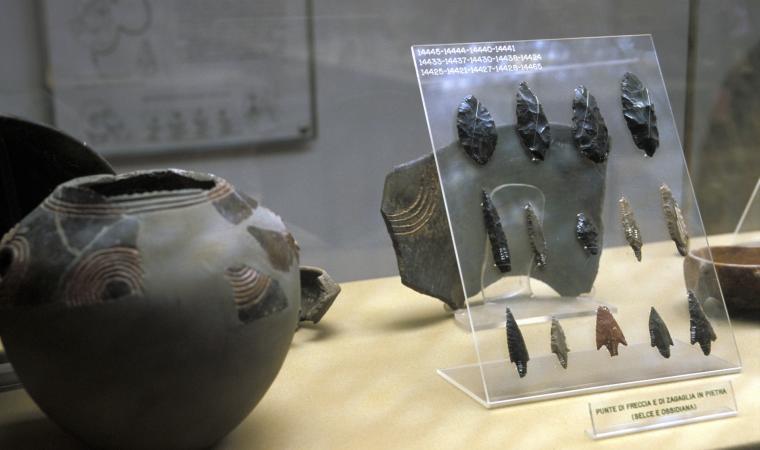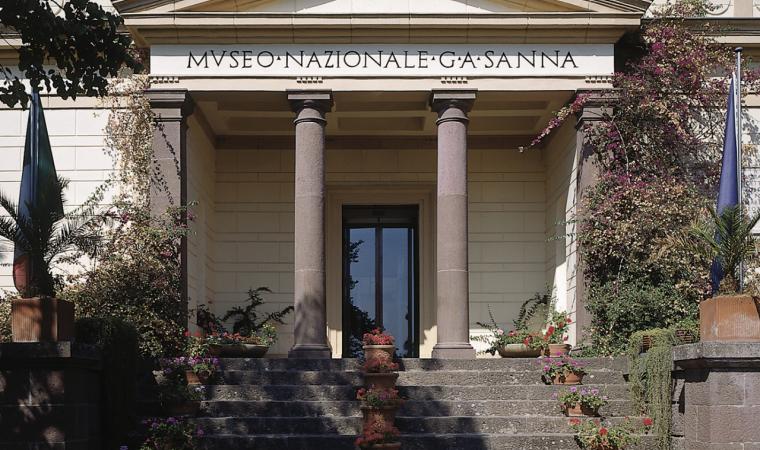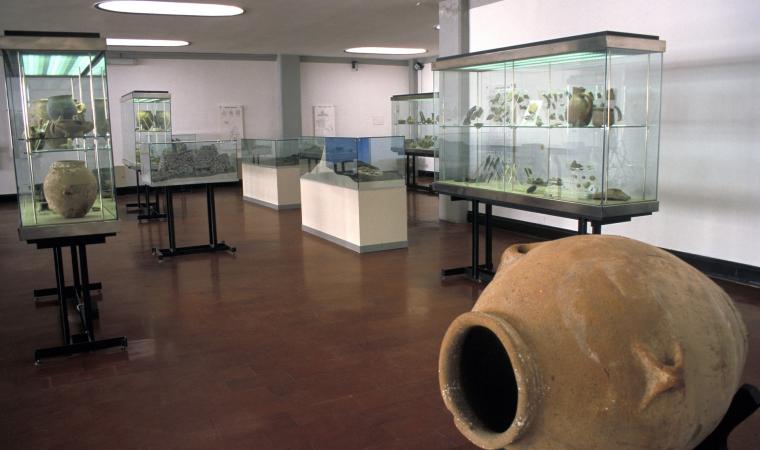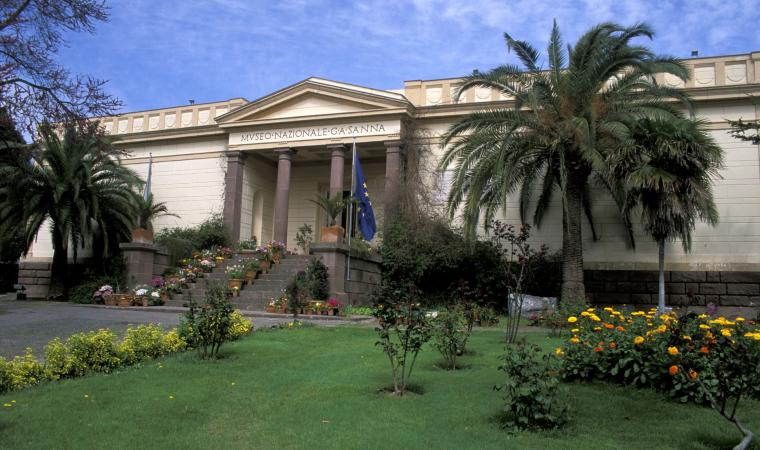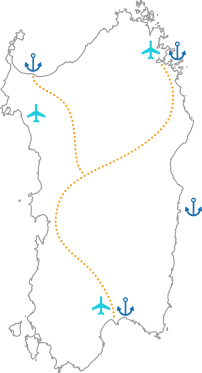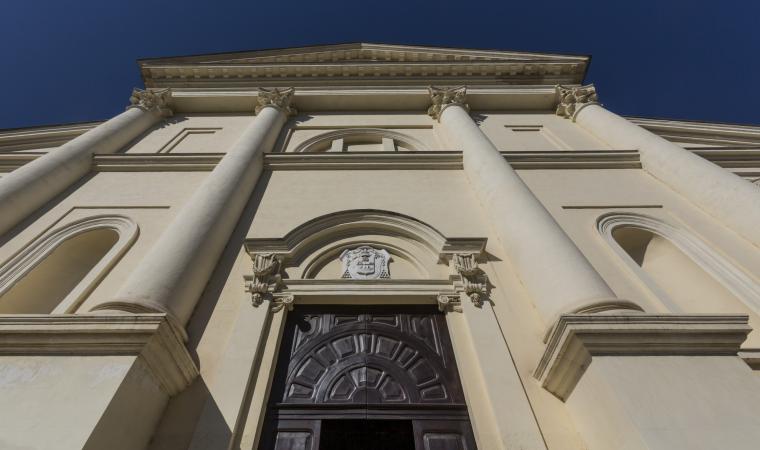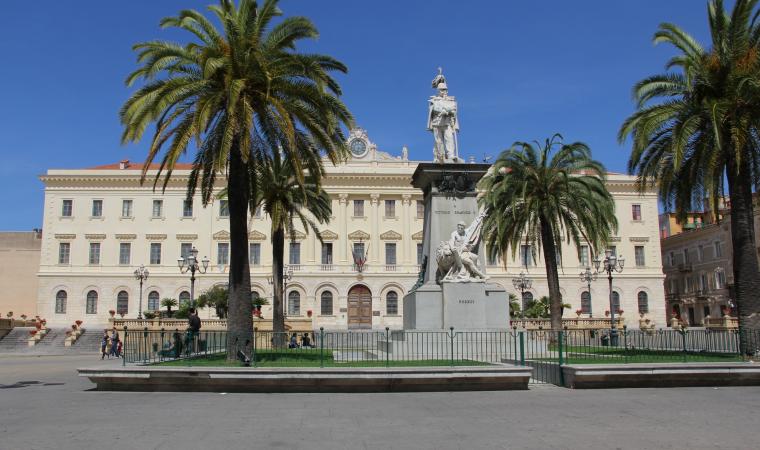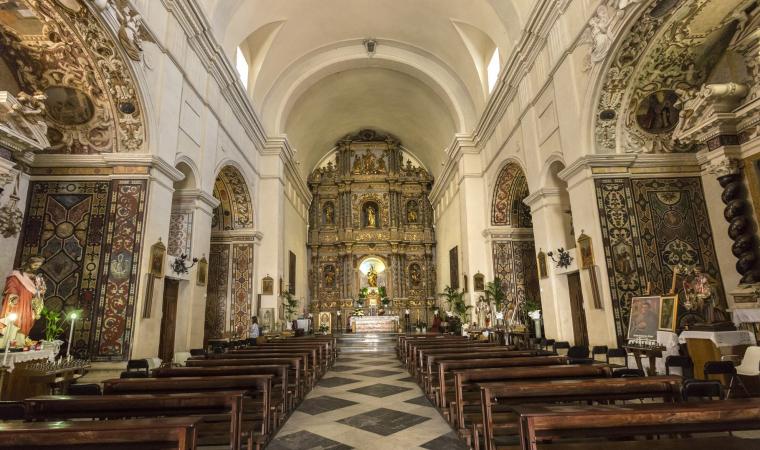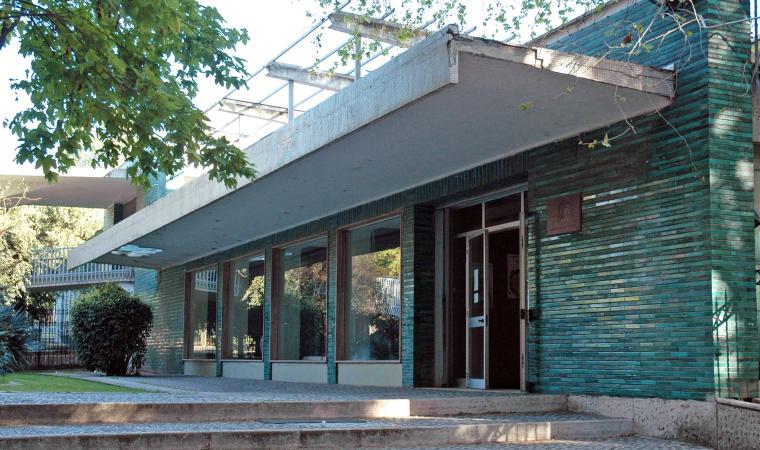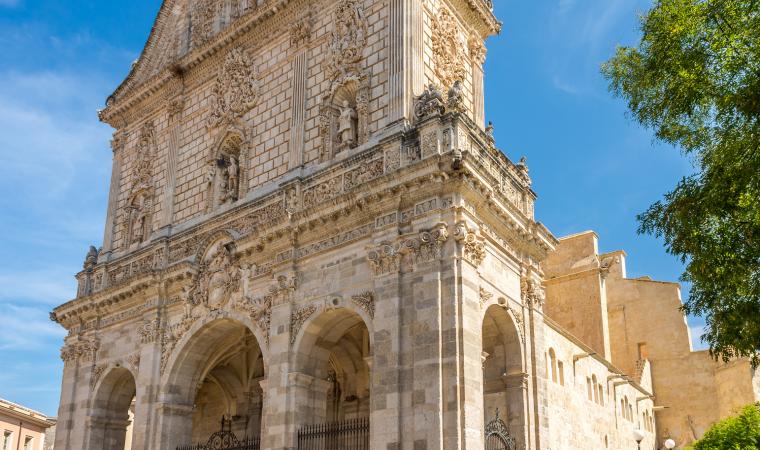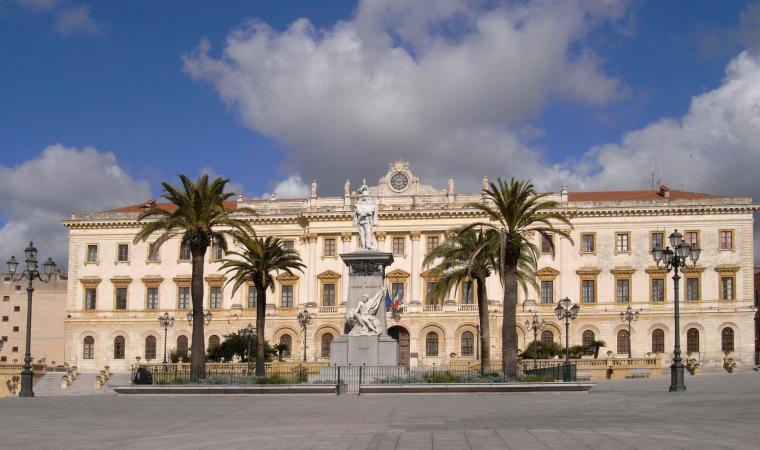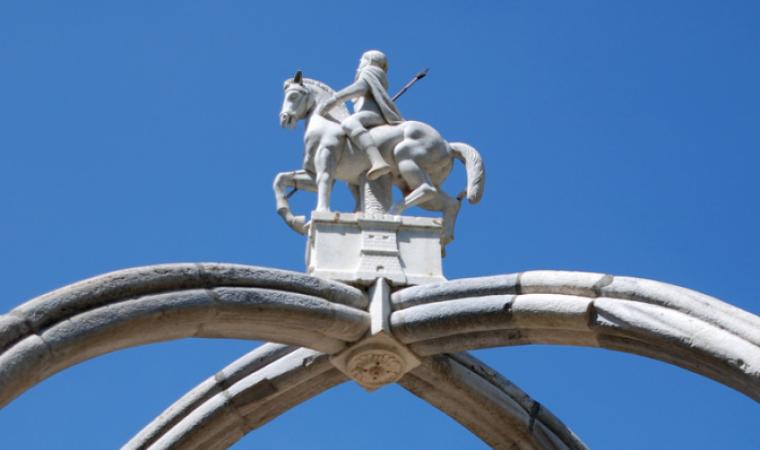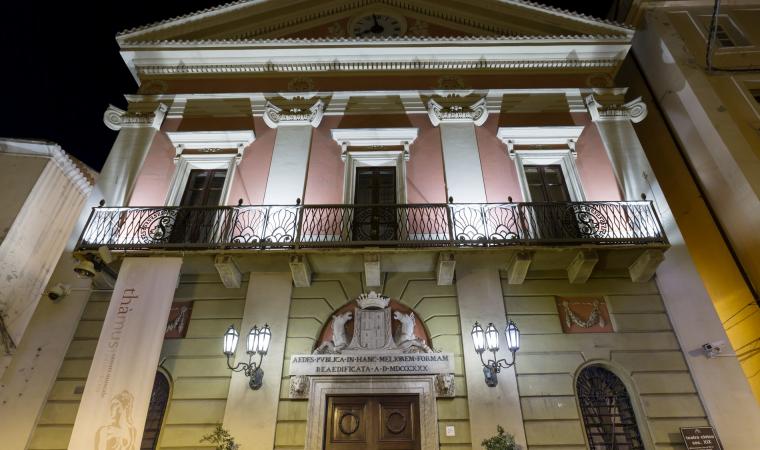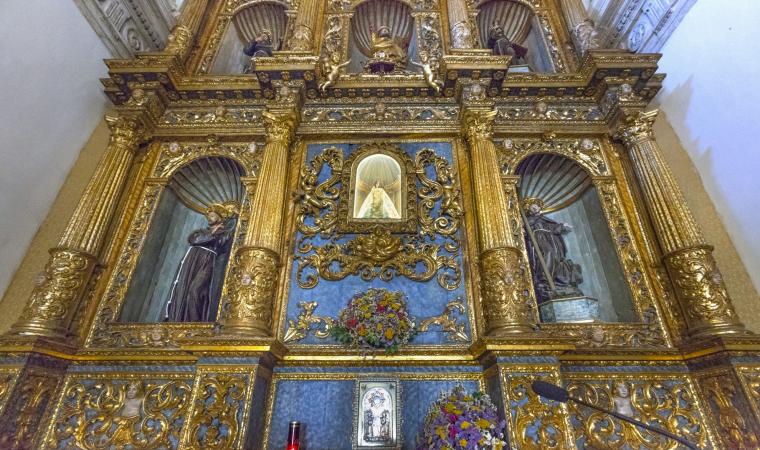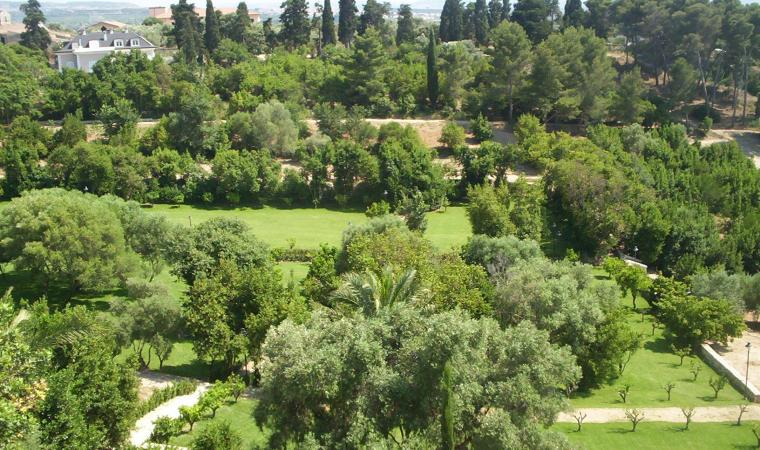Giovanni Antonio Sanna was a politician in the kingdom of Sardinia and an important entrepreneur, as well as concessionaire of the mines of Montevecchio. In his will, he left his precious, rich archaeological and artistic collection (250 paintings from the 15th to the 19th century) to Sassari, the city in which he was born. This donation, made in 1878, was the first nucleus of what was to become the future museum, later implemented by artefacts from research and excavations by the Superintendence for Archaeological Heritage and from private collections. Today, the museum is located in a building in Via Roma, donated by his daughter, Zely Castoldi. Created between 1926 and 1932, its elegance resembles that of a classical temple: the flight of steps at the entrance is made of red vulcanite and it is set back from the road. In the centre, there is a protruding body with Doric columns and a tympanum, while in the lateral wings, which are finished with plaster made to look like smooth stone, there is a cornice supporting a parapet with coffered designs containing round reliefs. Between 1966 and 1973, other areas were added to the symmetrical internal rooms, from existing and new constructions, with a more articulate and modern tendency.

